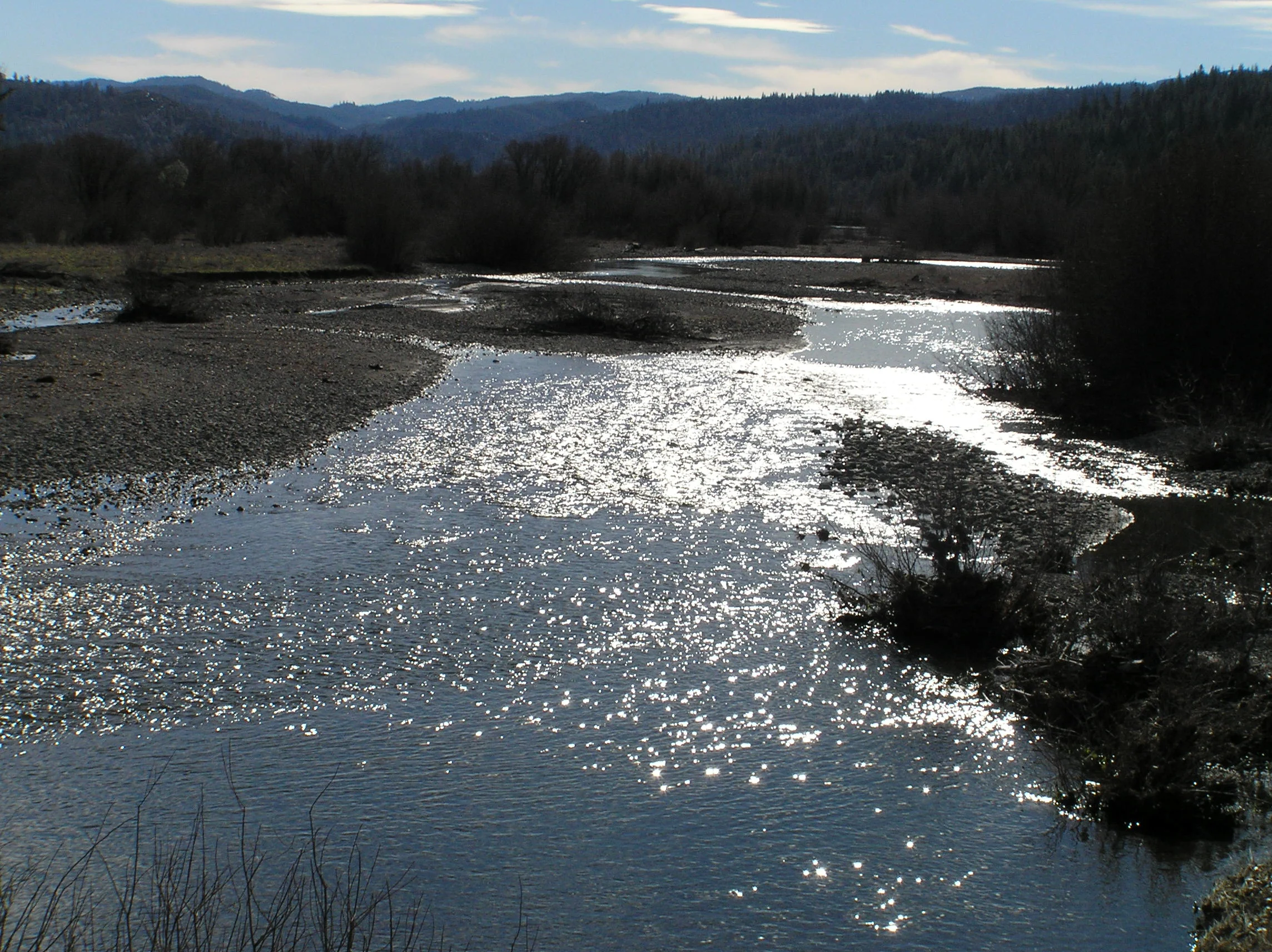PRESERVING A NATURAL HABITAT
Since the completion of Scott Dam almost 100 years ago, entire ecosystems have developed in the Lake Pillsbury basin. Today, they depend on Lake Pillsbury to survive.
We must preserve and protect this thriving habitat for all wildlife, including:
Nesting bald eagles
Tule Elk
Migratory waterfowl
Project water collected in Lake Pillsbury supports the migration, spawning and rearing of salmonids by providing year-round water releases to meet federal Endangered Species Act requirements. The cold-water stream habitat in the Eel River benefits threatened Chinook salmon, Coho salmon, and steelhead, while subsequent releases from Lake Mendocino into the Russian River benefit endangered Coho salmon and threatened Chinook salmon and steelhead.
Controlled-temperature water releases from Lake Pillsbury mimic the natural flow models for the main stem of the Eel River. This helps sustain high-quality habitat for juvenile salmonids to grow and develop. This water also maintains minimum flow requirements in the East Fork of the Russian River and the main stem of the Russian River, benefitting endangered Coho salmon and threatened Chinook salmon and steelhead.
In addition, the 2,280-acre lake captures and stores seasonal rains and snow melt to ensure appropriate water flows throughout the year. The lake provides block releases to enhance aquatic habitat for upstream and downstream fish migration, as directed by fisheries agencies. Without this reservoir, summer flows would be naturally reduced to very low levels and water temperatures would rise, creating a lethal environment for juvenile salmonids.

